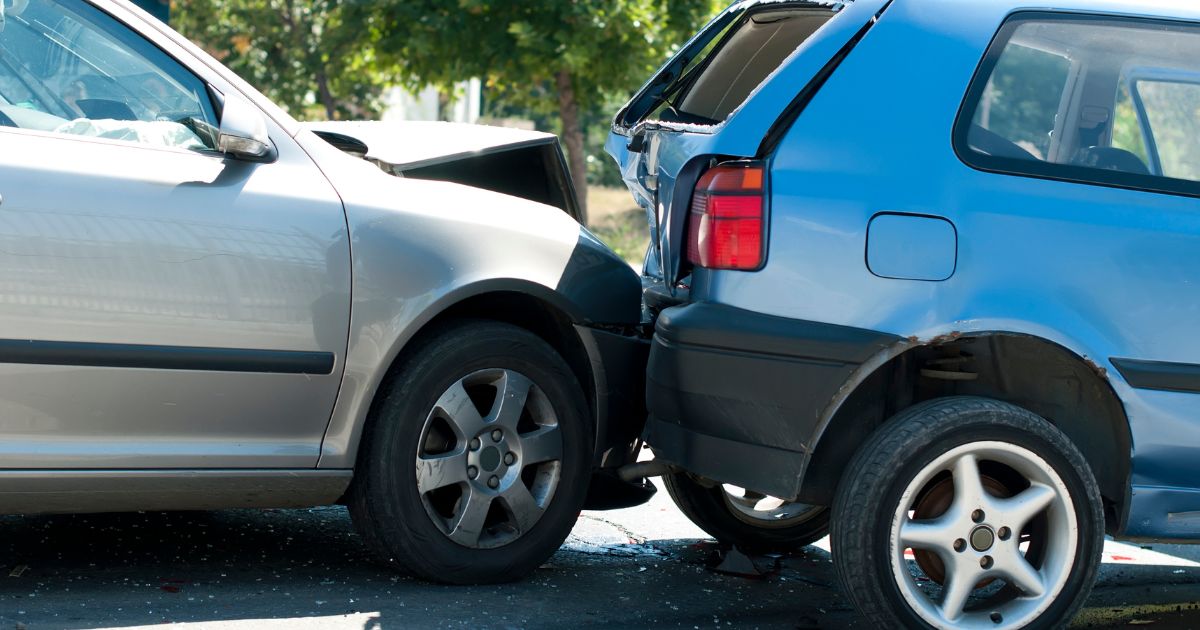Rear-end collisions are a common type of car accident, according to the National Highway Traffic Safety Administration (NHTSA). If a driver who rear-ends another driver is traveling at a high speed, the resulting injuries can be quite severe. There are a number of factors that make these accidents preventable.
The Virginia Tech Transportation Institute (VTTI) conducted a study to learn more about rear-end accidents and how they happen. They discovered the following:
- Approximately 80 percent of rear-end accidents occurred when the vehicle that was hit was completely stopped.
- The majority of rear-end accidents occur during the day on dry, straight, level roads.
- Distracted driving was responsible for close to 90 percent of rear-end accidents.
- In close to half of the rear-end collisions studied, the driver following the vehicle hit the vehicle because they were distracted.
- Male drivers between the ages of 25 and 34 were close to two times more likely to be involved in a rear-end accident than other age groups.
What Are the Most Common Causes of Rear-End Car Accidents?
Despite being some of the most common types of car accidents, rear-end accidents are also the most preventable if you follow the rules of the road and keep your attention focused on the road ahead. If you are aware of the main causes of these accidents, you can take proactive steps to avoid them. The following are the most common causes of rear-end accidents:
- Tailgating: Following too closely to the vehicle in front of you increases the risk of a rear-end accident. It is recommended that you maintain a minimum of three to five seconds following distance and that you increase that distance the faster you are driving. If the motorist in front of you suddenly hits the brakes and you are driving too closely, you may not have enough time to avoid hitting that vehicle and you would be considered at fault for the accident.
- Distracted driving: This is the second most common cause of rear-end accidents. Texting and driving increases the risk of a rear-end accident. Texting, talking on the phone, eating, reaching for something in the back seat, and other types of distracting behaviors take your eyes off the road, making you less likely to be able to slow down or stop in time to avoid a rear-end accident.
- Drowsy driving: This is another common yet preventable cause of rear-end accidents. When you have not gotten enough sleep, your reaction times are impaired, which means you may not be able to avoid hitting the car in front of you. In extreme cases, you could fall asleep at the wheel and hit the vehicle in front of you while driving at a high sleep. This could cause you and the motorist that you hit to suffer serious injuries.
- Drunk driving: Alcohol causes a range of impairments, from slower reaction times and reduced coordination to poor judgment and concentration. Many of these impairments are worse at night when visibility is also an issue. If you rear-end another driver while under the influence of alcohol, you could face a range of penalties, from a suspended license and a steep fine to jail time, depending on the circumstances.
- Inclement weather conditions: If snow, ice, or freezing rain causes the roads to become slippery or visibility is impacted by fog, heavy snow, or rain, drivers are more likely to lose control of their vehicles. If there are other cars in the vicinity, a rear-end accident may occur.
How Do I Prove the Other Driver Was At Fault?
In most cases, the driver who rear-ended the other motorists is considered at fault for causing the accident. However, there are some exceptions to this rule. In order to prove that the other motorist caused the rear-end accident, it is highly recommended that you take the following steps:
- Call 911. Police should be notified when a car accident occurs. The police officer who arrives at the scene will fill out a police report, which will include the names of the drivers involved, whether an arrest was made, if there were injuries involved, and contact information. You can obtain a copy of the police report from the police station.
- Obtain traffic camera footage. If the accident occurred somewhere where it is likely that there are traffic cameras, you might be able to request footage with the help of your car accident lawyer. This can provide indisputable evidence about who caused the accident.
- Check your vehicle’s black box data. Most newer car models are equipped with black boxes, which record information like speed and impact. This information may provide valuable evidence and help prove that the other driver caused the rear-end accident.
Dayton Car Accident Lawyers at Wright & Schulte LLC Represent Clients Who Were Injured in Rear-End Car Accidents
If you or someone you know suffered an injury after being rear-ended by another motorist, do not hesitate to contact our Dayton car accident lawyers at Wright & Schulte LLC. We will help determine who was at fault for causing the accident and guide you through every step of the claims process. To schedule a free consultation, call us at 937-222-7477 or contact us online. Located in Dayton, Ohio, we serve clients in Cincinnati, Columbus, Cleveland, Centerville, Toledo, Youngstown, and Miamisburg.



